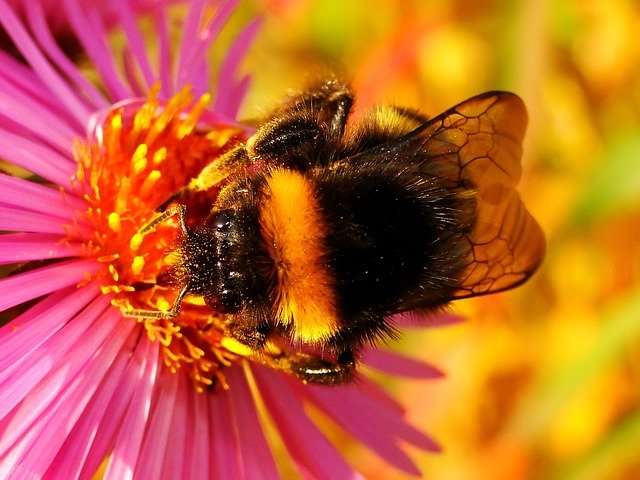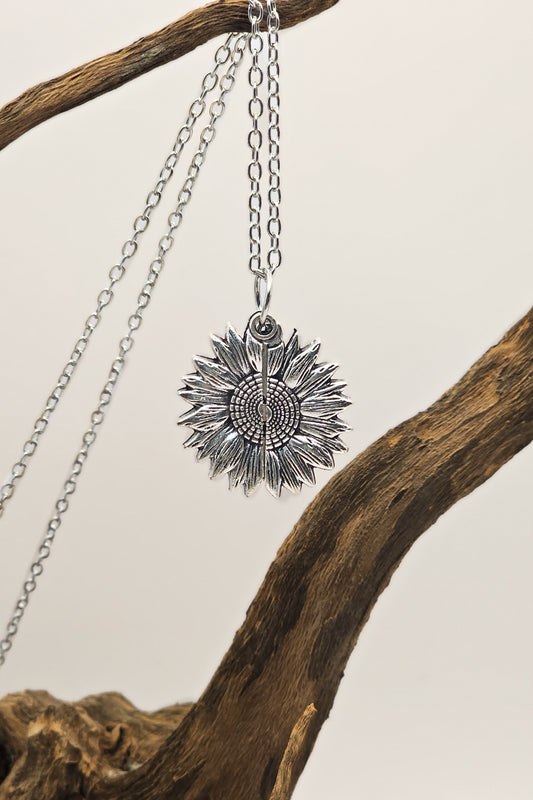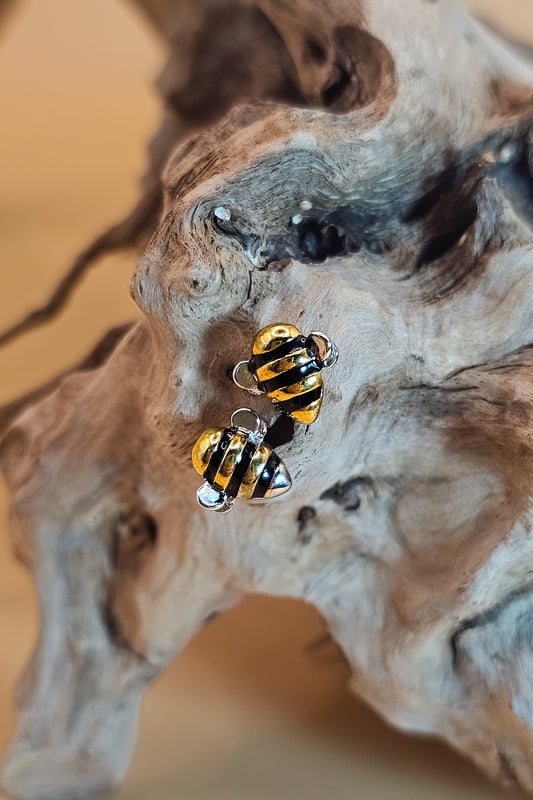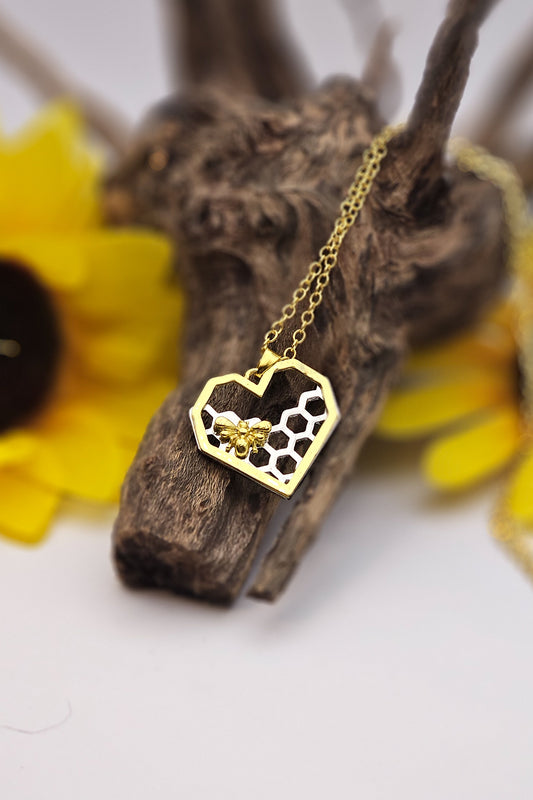Bumblebees are the charismatic and bombastic superstars of the insect world. They are renegades that do things in their own unique way. Here are some amazing facts about bumblebees:
~ Bumblebees have charismatic personalities and are loved by many humans.
~ There are over 255 known species of bumblebees and most live in the Northern Hemisphere.
~ These social insects live in small colonies with a queen, workers, and drones, much like honeybees.
~ The queen lays all the eggs and those she does not fertilize with sperm become male drones.
~ The queen must visit up to 6,000 flowers daily for sufficient nectar to maintain heat to brood her eggs.
~ The queen keeps her eggs warm at 30oC by resting her bare abdomen on her wax-covered eggs.
This 2:21-minute video by BBC Earth shows the challenges of an emerging queen bumblebee:
~ Bumblebees provide valuable pollination while foraging for pollen and nectar.
~ They mark flowers they have visited with scent so other bees know the nectar is gone.
~ Scent-marking improves foraging efficiency, and the scent is secreted by their tarsus gland.
~ Only females can sting, and their stinger is not barbed so they can sting repeatedly and will not die.
~ Their nests are underground or under garden debris, dead tree limbs, or piles of leaves.
~ Their nests are smaller than those of many other bee species, with only 300-500 worker bees.
~ They are experts at “buzz pollination” which is a method of vibrating plants to let go of their pollen.
~ They must eat much more to fuel their flight and buzz pollination capabilities.
~ A bumblebee’s wings flap an average of 200 times every second (130-240 beats per second).
~ They make a loud buzzing noise when they fly.
~ They can fly in lower light levels and cooler temperatures than many bees.
~ Pollen sticks to their hairy bodies and they carry home 25% of their body weight in pollen.
~ Sometimes bumblebees carry home up to 75% of their body weight in pollen.
~ They are mainly yellow and black with color bands, and can have red, yellow and uniform tails.
~ They have 4 wings, two smaller in the rear attach to two larger fore wings with a row of hooks (hamuli).
~ They flap their wings back and forth instead of up and down and can hover like helicopters, defying physics.
~ They may steal nectar without pollinating the flower, called nectar robbing, by biting a hole to drain the nectar.
~ World's biggest bumblebee, Bombus dahlbomii, is up to 1.6 inches and lives in Patagonia. It is close to extinction.
~ Rusty-patched bumblebees live in eastern North America but are so close to extinction they are rarely seen.
~ The USFWS gave the rusty-patched bumblebee endangered status under the ESA in 2017.
Bumblebee season is March through October in most places. If you wish to do something beautiful for bumblebees that will directly affect their wellbeing, plant some nectar and pollen producing non-GMO and pesticide-free heirloom flowering plants. And don't forget to provide some fresh water for them, too.
As we said above, bumblebees have huge appetites and burn food extremely fast so they always need more fuel to help them fly, buzz, and pollinate as they navigate our world.








